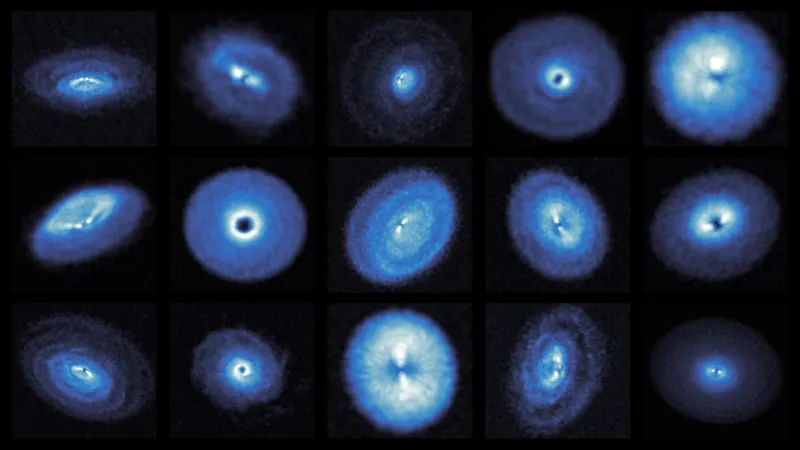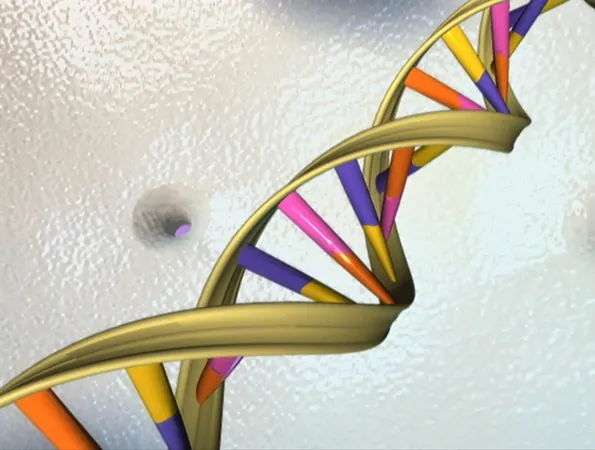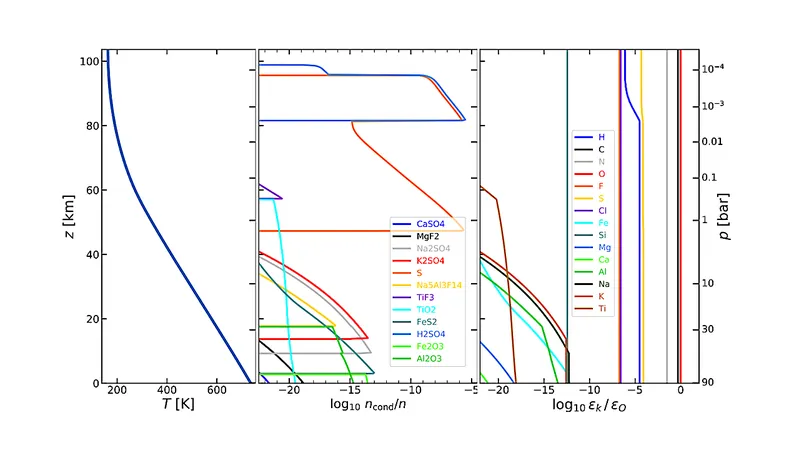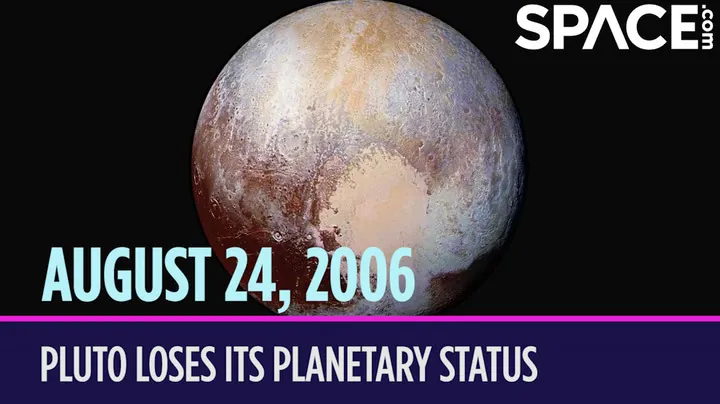
Unlocking Cosmic Secrets: How Warped Exoplanet Disks Shed Light on Our Solar System's Planetary Tilts
2025-08-27
Author: Emma
Have you ever wondered why the planets in our solar system are tilted at various angles? A groundbreaking study might just have uncovered the answer, revealing the secrets of warped planet-forming disks orbiting young stars.
A large-scale observational initiative using the Atacama Large Millimeter/submillimeter Array (ALMA), known as exoALMA, has carefully examined 15 protoplanetary disks. Led by astronomer Andrew Winter from Queen Mary University of London, this research involved measuring the Doppler shift of carbon monoxide gas present in these disks. This method offered crucial insights into the velocity and direction of the gas, while carbon monoxide served as a reliable indicator of other materials within these cosmic nurseries.
The findings from this study are fascinating: the tilt of these disks can differ anywhere from half a degree to two degrees. "Our results suggest that protoplanetary disks are slightly warped," Winter explains. This revelation could fundamentally alter our understanding of how these disks—and consequently the planets forming within them—operate.
Traditionally, planet-forming disks were envisioned as smooth, flat structures, almost like a cosmic cake. However, the new data indicates a chaotic reality where disarray reigns supreme. But what’s causing this disorder? Is it the gravitational tug of an unseen companion star creating uneven tidal forces? Or could it be the chaotic interactions of materials within the disk itself?
Interestingly, the research found striking patterns across these disks, suggesting that the rate at which material spirals into the young star is intertwined with the nature of these warps. This implies a dynamic connection between the innermost regions of the disk, where material is rapidly accumulating, and the outer areas where planets are being born.
Further simulations by Winter's team indicated that these warps could create spiral patterns in the disks and even cause temperature variations of up to 10 degrees Celsius within different sections.
What's more, these warps strikingly resemble the tilts observed in the orbits of our own planets. For instance, Earth's orbit is tilted at 7.25 degrees, while Mars tilts at 5.65 degrees, and Jupiter's at 5.51 degrees. "These modest alignments may be a common outcome of star and planet formation," remarks Winter.
Armed with these insights into disk warps, researchers can enhance their models of planet formation. This new understanding could provide answers not only about the tilts of our planets but also about how Earth and its neighboring planets came to be. The cosmos is more interconnected than we ever imagined!









 Brasil (PT)
Brasil (PT)
 Canada (EN)
Canada (EN)
 Chile (ES)
Chile (ES)
 Česko (CS)
Česko (CS)
 대한민국 (KO)
대한민국 (KO)
 España (ES)
España (ES)
 France (FR)
France (FR)
 Hong Kong (EN)
Hong Kong (EN)
 Italia (IT)
Italia (IT)
 日本 (JA)
日本 (JA)
 Magyarország (HU)
Magyarország (HU)
 Norge (NO)
Norge (NO)
 Polska (PL)
Polska (PL)
 Schweiz (DE)
Schweiz (DE)
 Singapore (EN)
Singapore (EN)
 Sverige (SV)
Sverige (SV)
 Suomi (FI)
Suomi (FI)
 Türkiye (TR)
Türkiye (TR)
 الإمارات العربية المتحدة (AR)
الإمارات العربية المتحدة (AR)